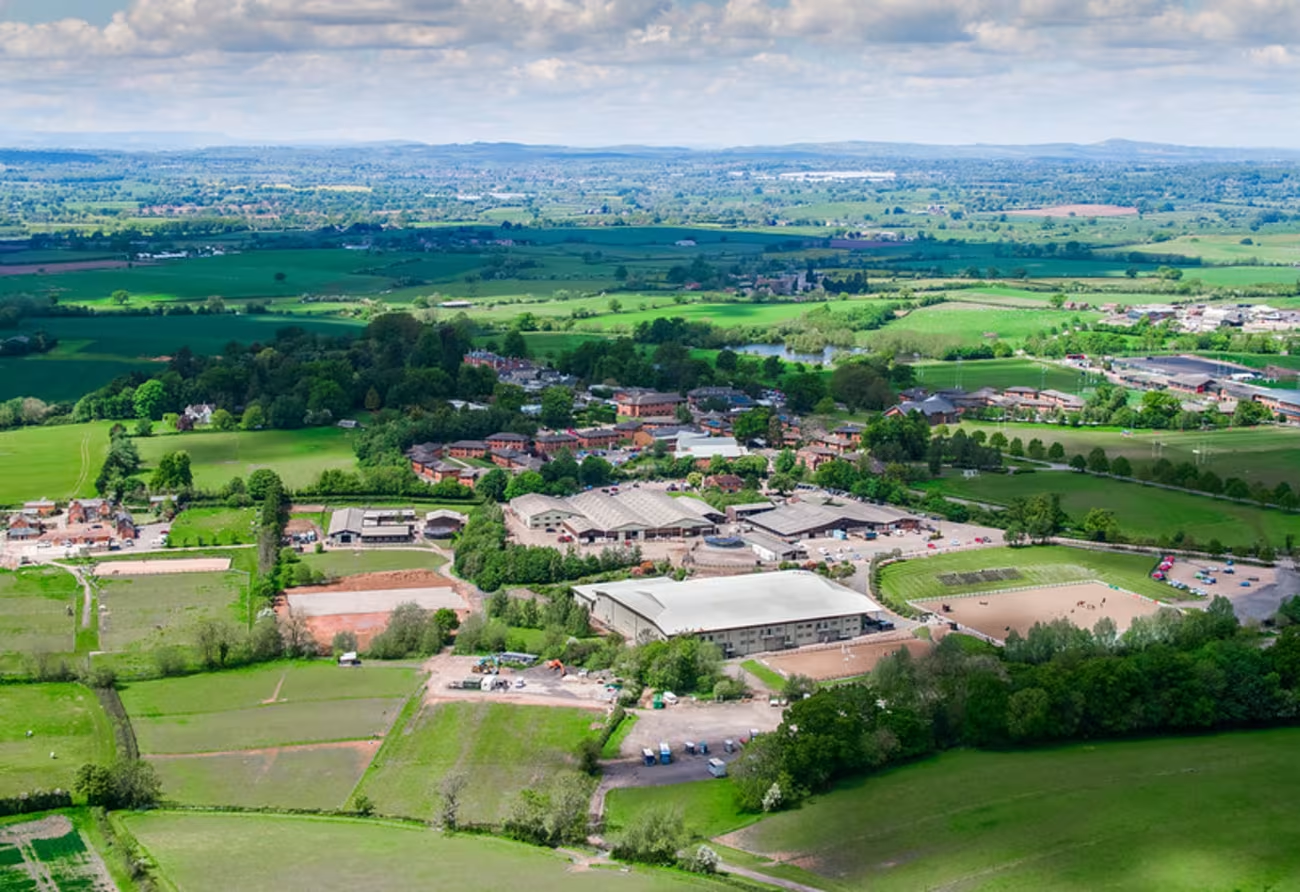Connected Energy Scaling Second-Life EV Battery Storage with Gridcog

Since its founding in 2010, Connected Energy has focused on developing sustainable battery energy storage systems (BESS) by repurposing second-life electric vehicle (EV) batteries.
This innovative approach helps reduce waste by extending the utility of EV batteries well beyond their primary use in vehicles, giving them a second life in energy storage. Initially, Connected Energy deployed these battery energy storage systems across small commercial locations, but as the business grew, so did its ambitions. Today, the company is expanding to MW-scale energy storage, aiming to monetise the increasing availability of second-life EV batteries at scale and accelerate impact within the renewable energy sector.
The Challenge: Complex Revenue Modelling for Behind-the-Meter Projects
With an established product line in the commercial sector, Connected Energy set its sights on more complex MW-scale sites, but faced unique challenges, particularly in revenue modelling and system optimisation. As Robert Moore, Connected Energy’s Chief Business Development Officer, explains, “Deploying BESS solutions at megawatt scale, especially on behind-the-meter projects, requires sophisticated financial models that can handle the intricacies of co-located projects.” This need was particularly clear for industrial sites like manufacturing facilities and ports, where site demands and variable connection sizes add significant complexity.

The Solution: Leveraging Gridcog’s Granular Modelling Capabilities
Connected Energy chose Gridcog to meet its modelling needs due to its ability to dissect revenue streams and provide in-depth techno-economic modelling. This was critical for assessing the economic viability of larger-scale battery deployments.
“Gridcog has been the only tool we’ve found that lets us analyse revenue potential in such granular detail. That ability to assess revenue and savings—especially with local load impacts—was something we couldn’t find anywhere else.”
Gridcog not only made it possible to forecast financial returns, but also offered the flexibility to optimise system size based on Connected Energy’s specific needs. Rob elaborated, “Gridcog has been invaluable in determining the optimal power and duration for each project. Every site we model has its own unique characteristics, but Gridcog enables us to see exactly how these differences impact revenue. It’s the only tool that allows us to come up with a viable view of the revenue stack.”

As Connected Energy gears up to develop their first utility scale site, projected to come in at 5-10MWh, Gridcog was essential to analyse profitability, especially when pairing the system with additional renewable energy sources, such as solar and wind. This capability is allowing Connected Energy to tap into lucrative opportunities with more confidence and accuracy. “Gridcog breaks down the revenue stack, letting us pinpoint exactly how each component of the project—whether owned by us or a partner—impacts revenue and savings,” Rob added.
The robust support from Gridcog’s team has also been instrumental in helping Connected Energy leverage the platform fully.
“Genna, Ashok, and Laura have been very proactive in showing us how to leverage the capability of Gridcog. It’s a complex system, but they’ve made it as intuitive as possible. The team at Gridcog also brings a wealth of energy expertise and clearly understand the market in detail, and their insights including how assets are actually traded in the market have proven to be incredibly valuable and have taught us much more than we could have learnt on our own".

UK Manufacturing Sites and Co-located Energy Generation
In the UK, Connected Energy has modelled a number of projects across the UK. Their modelling has involved optimising battery configurations for sites with significant local load and often multiple energy assets, such as wind and PV systems. “Gridcog’s granularity lets us analyse the specific impact of adding a battery to an existing energy setup, like PV,” Rob explained:
“We can see how battery ownership by different stakeholders, like a PV supplier or local load provider, influences revenue. This level of detail has been a game-changer for us, especially in determining where and how to place second-life EV batteries to maximise both environmental and financial benefits.”
Gridcog’s flexibility has also made it possible to model systems without local load, allowing Connected Energy to expand its offerings. For example, they’ve begun exploring BESS co-locations with biogas facilities that, while not typically flexible, have ample headroom on connections. According to Rob, “This is a big deployment opportunity for us, and being able to model even these nontraditional sites in Gridcog helps us diversify our projects in ways we couldn’t before.”
Expanding into Europe
With ambitious targets to deploy 300+ MWh of BESS across the UK, France and Germany by 2028, Connected Energy is planning to use Gridcog to model the unique market dynamics of all of these energy markets. They require nuanced revenue modelling to handle the complexities of both behind-the-meter and front-of-meter projects. Rob believes that Gridcog’s extensive data library and ability to model revenue in diverse configurations will be pivotal as they grow in these regions.
“Behind-the-meter projects are a huge opportunity, and Gridcog is a key part of unlocking that potential for us."
Through their collaboration with Gridcog, Connected Energy has transitioned from relying on high level forecasts from aggregators to having a fully independent, data-driven approach to energy project modelling. By enabling detailed financial and energy forecasts, Gridcog is integral to Connected Energy’s strategy of scaling sustainably. As Rob summarised:
“With Gridcog, we have the power to accurately model, optimise, and scale our battery energy storage projects. It’s a partnership that’s essential to our growth and to realising our vision of a more sustainable, circular economy.”















